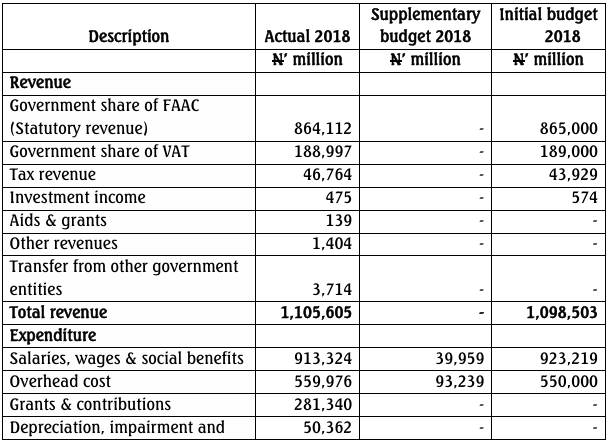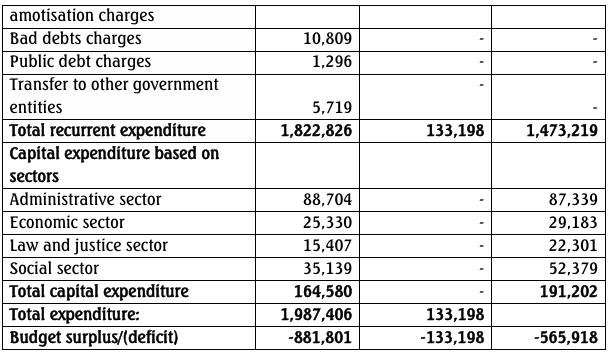- 20 Marks
SCS – Mar 2025 – L3 – Q5 – Environmental Disclosures
Explain importance of environmental disclosures for AML and key EPA disclosure requirements in sustainability reports.
Question
a) On September 21, 2024, a local advocacy group, Democracy Hub, launched a three-day protest dubbed “Stop Galamsey Now” to demand stronger government action against illegal mining. The protest drew national attention to the severe pollution of water bodies and the degradation of forest reserves caused by illegal mining operations. Activists called on regulatory bodies, including the Environmental Protection Agency (EPA), to strictly enforce environmental laws and ensure greater corporate accountability in the mining sector.
Akosa Minerals Limited (AML), a key player in the mining industry, operates in regions affected by illegal mining activities. As part of its corporate governance and sustainability strategy, AML must ensure compliance with environmental regulations and provide transparent environmental disclosures in its corporate reports. Regulatory bodies such as the EPA require mining firms to disclose the impact of their operations on local ecosystems and outline measures taken to mitigate environmental damage.
Required:
i) Explain the importance of environmental disclosures in corporate governance, particularly for mining companies like AML.
ii) Discuss THREE key environmental disclosure requirements that the Environmental Protection Agency (EPA) would expect AML to include in its sustainability reports. Provide examples based on AML’s operations.
b) The Government of Ghana holds a stake in Akosa Minerals Limited (AML), making it a partially state-owned entity. As a result, AML is subject to oversight and governance requirements under Ghanaian law, including compliance with the State Interests and Governance Authority (SIGA) Act, 2019 (Act 990). This law establishes governance frameworks for state-owned enterprises (SOEs) and entities in which the government has an interest, ensuring transparency, accountability, and efficiency in their operations.
Given the increasing public scrutiny of state-owned entities, AML’s Board of Directors must ensure compliance with Act 990 while balancing the government’s interests with those of private investors and other stakeholders.
Required:
i) Explain the purpose of the State Interests and Governance Authority (SIGA) Act, 2019 (Act 990) and its relevance to state-owned enterprises in Ghana.
(4 marks)
ii) Discuss THREE key governance requirements under the SIGA Act that apply to AML as a partially state-owned entity. Provide examples of how these requirements influence AML’s corporate governance structure.
Find Related Questions by Tags, levels, etc.



